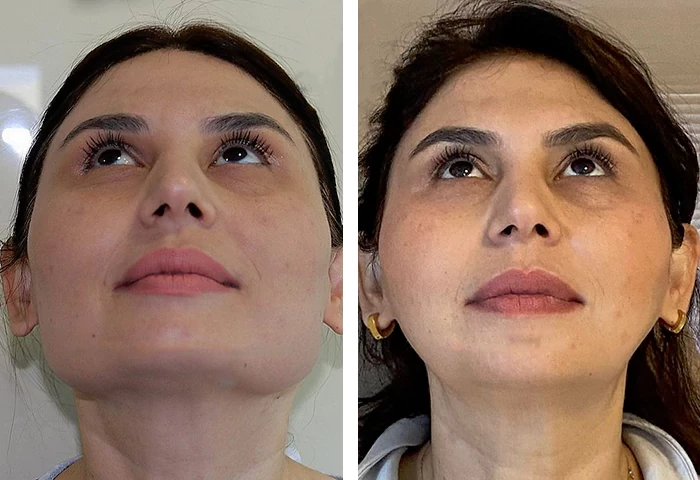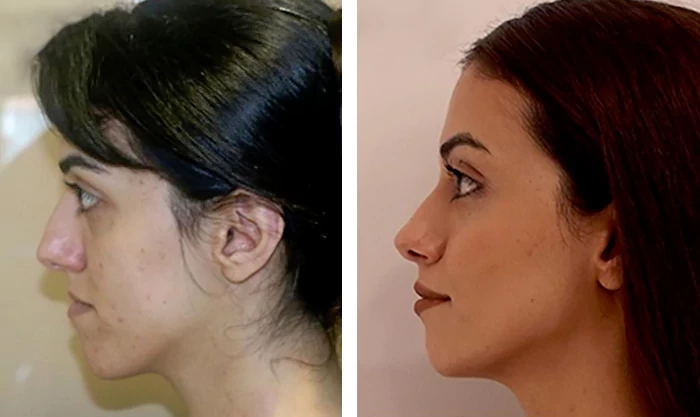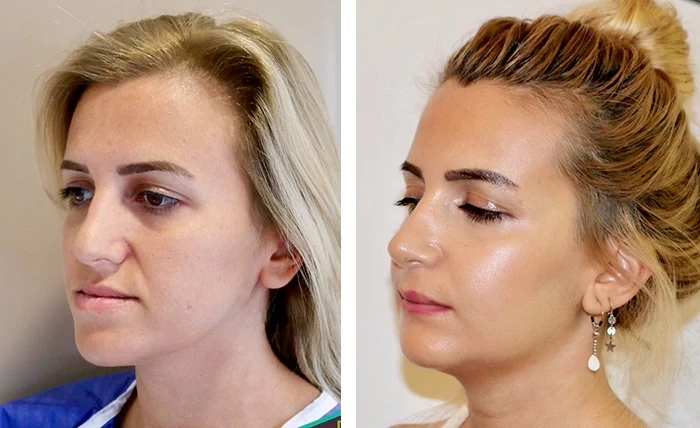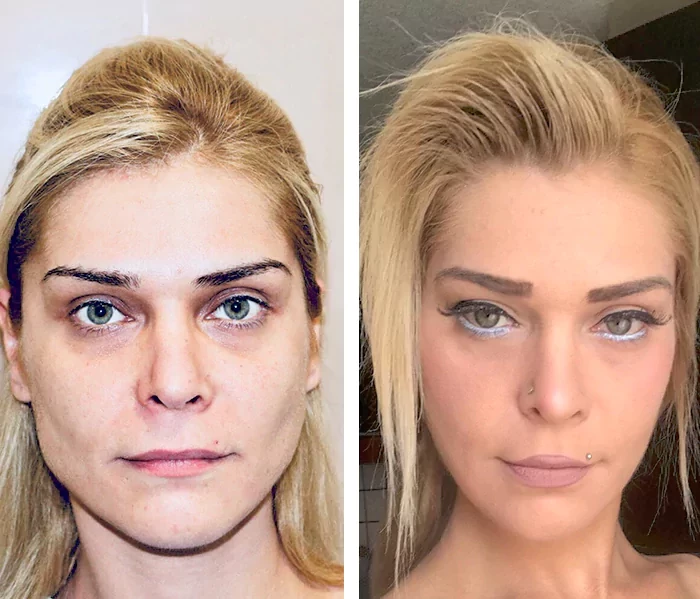Discover Aesthetic Solutions
Learn about and compare a wide range of options to make an informed choice about your body
Unlock Your Best Self with Advanced Teeth and Gum Solutions
Step into a world of comprehensive dental solutions aimed at perfecting your smile and gum health. From cosmetic dentistry to periodontal therapies, our wide range of treatments covers teeth whitening, veneers, braces, and gum contouring. Each solution is detailed on our site with provider information, before and after photos, and client feedback to help you make informed decisions. Achieve a radiant, healthy smile that boosts your confidence with our expert dental care.
17 Solutions
Most Popular Solutions
- Most Popular Solutions
- Most Providers
- Most Active Discussions
Botox injection is a popular rejuvenating procedure that involves the injection of botulinum toxin to temporarily paralyze and relax muscles, commonly done on the face to treat facial lines and wrinkles, gummy smiles, etc. Compared to other injectables, Botox can be used to remove a wider variety of wrinkles and aging signs in different areas of the face, treating both large and fine lines. Botox effects usually last about 3 to 4 months. So, to maintain the desired result, treatment should be repeated every 4 months on average. However, as your muscles can be trained to contract less, the effects may last longer over time.
B & A photos
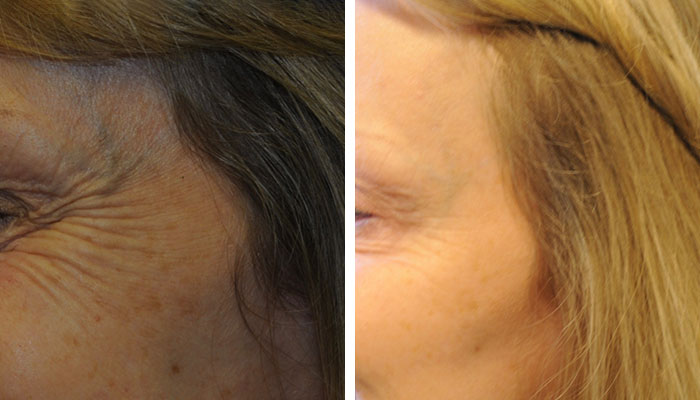
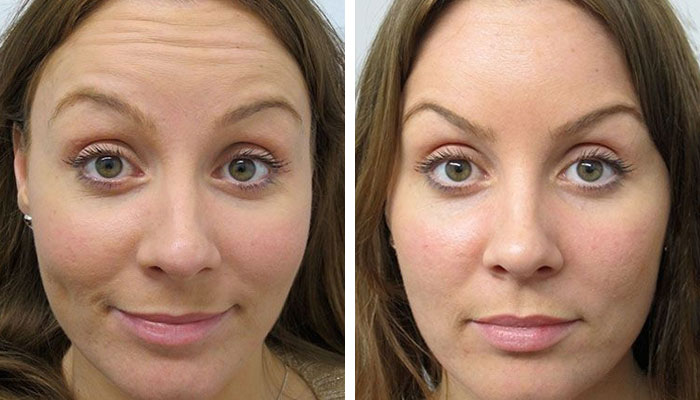
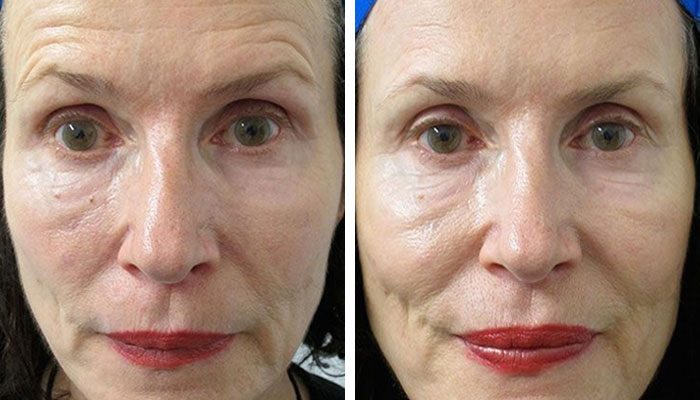
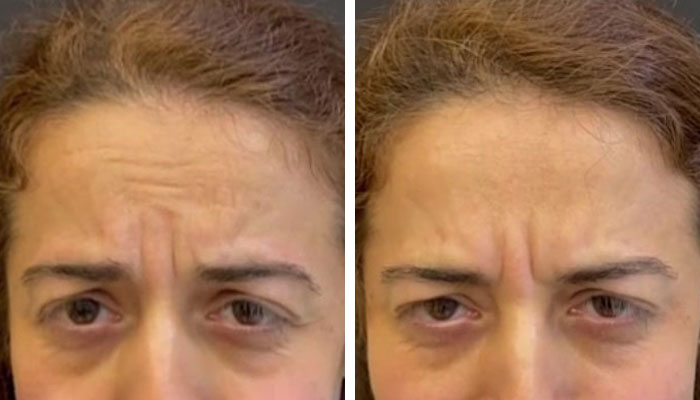

Dental implant surgery is a restoration procedure in which a medical device is implanted into the jawbone in the place of a missing tooth, on top of which a dental crown is later attached, together functioning like a natural tooth. The surgery includes several steps, separated by healing time, which takes about 3 to 6 months. It starts with extracting the damaged tooth and continues with implant and abutment placement. Connecting a removable or fixed artificial tooth, the crown, to the implant screw is the final stage. Dental implants are intended to serve as a permanent solution, however, the crown may need to be replaced in 15-20 years.
B & A photos
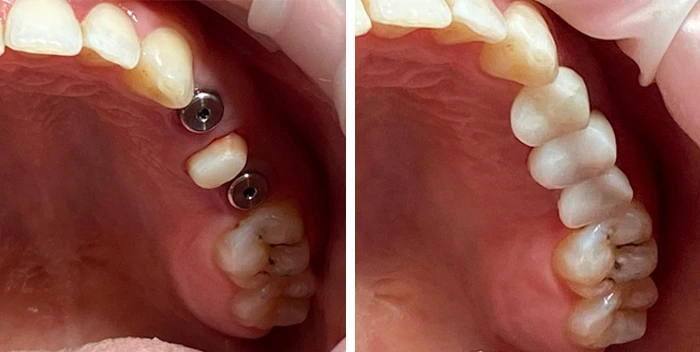


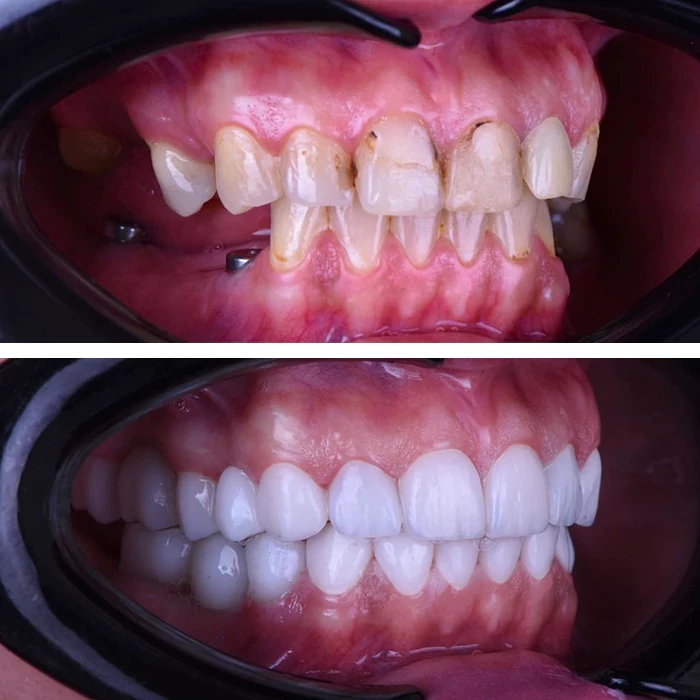

Root Canal
A root canal is a procedure for treating an infection that has spread to the root of the tooth, infecting its blood vessels and nerves. It involves the removal of the infected dental pulp, disinfection, and filling of the hollow space to save the tooth. Teeth receiving root canal therapy can usually go on for 10 to 15 years. Root canal’s durability can increase, even working for a lifetime if the treated teeth are also crowned.

Tooth Extraction
Tooth extraction is the removal of a tooth that is badly damaged or infected and can’t be restored in any way. However, sometimes a tooth extraction may be recommended to fix teeth crowding and as a part of orthodontic treatments to provide space for other teeth. Tooth extraction is usually a quick and simple procedure done under local anesthesia. However, a surgical extraction may be required in some cases, for instance, if there’s an impacted tooth, a severely broken one, or a tooth with a very long curved root.

Dental braces are orthodontic devices that are attached to the teeth for a period of 1 to 3 years to straighten crooked or malaligned teeth by gradually moving them to the right position. The best age to get braces is 10 to 14. Orthodontic treatments may take longer in adults as it's harder to have their already settled teeth and jaw adjusted. Dental braces have evolved over time mainly to be less noticeable but more comfortable and are available in different types based on the patient's conditions and preferences. The results of dental braces usually last a lifetime.

Clear aligners are removable transparent devices used as an alternative to metal braces for straighten crooked and misaligned teeth by moving them to the right position. Aligner trays are custom-made for each patient, must be worn for 20 to 22 hours a day, and need to be switched out every 1 to 3 weeks. They can fix a range of mild to moderate teeth irregularity issues such as crowded teeth, gapping, overbites, underbites, and crossbites. The treatment usually takes 6 to 24 months.

A dental crown is a covering, in the shape of a tooth, for a damaged or filled tooth or a dental implant. It can be made from different materials such as metal, porcelain, ceramic, or resin. Dental crowns usually last 5 to 15 years depending on their type, the amount of wear and tear, and oral hygiene. Dental crowns were used to be prepared and placed in two visits, however, new technologies have made it possible to have them in a single visit.
B & A photos
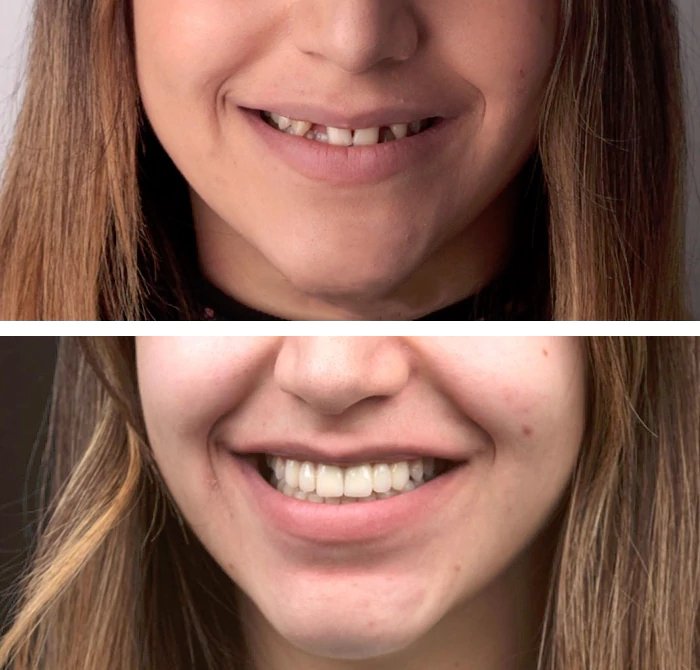
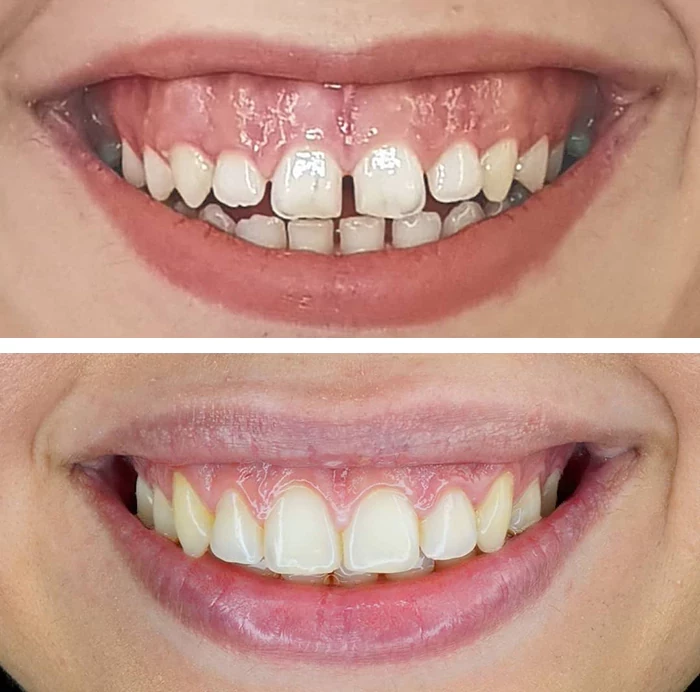
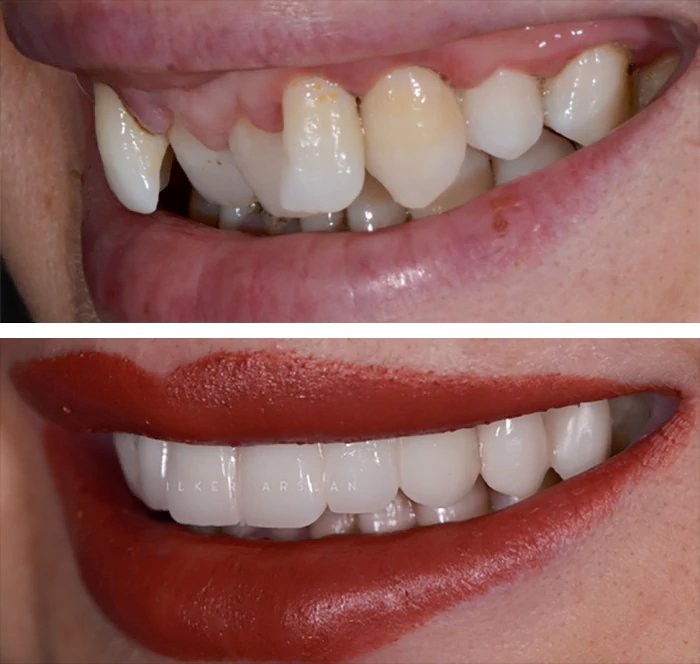
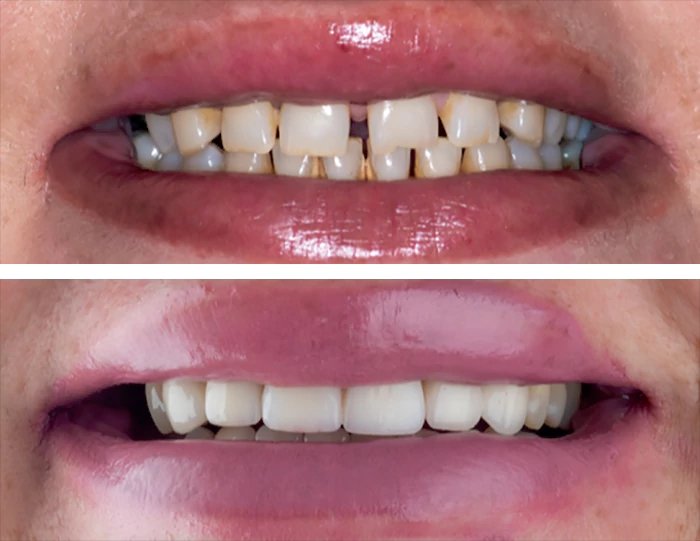

A dental bridge is a type of false tooth that is used to replace one or more missing teeth to fill the gap and restore both the function and appearance of the teeth. The dental bridge is usually attached to healthy adjacent teeth on each side of the gap and can make up for 1 to 4 missing teeth. However, they don’t contain screws to work as a root and connect the false tooth to the jaw bone. So they differ from implants that are fitted into the jaw and together with a dental crown function like a natural tooth with root. A dental bridge can last 5 to 15 years.
B & A photos
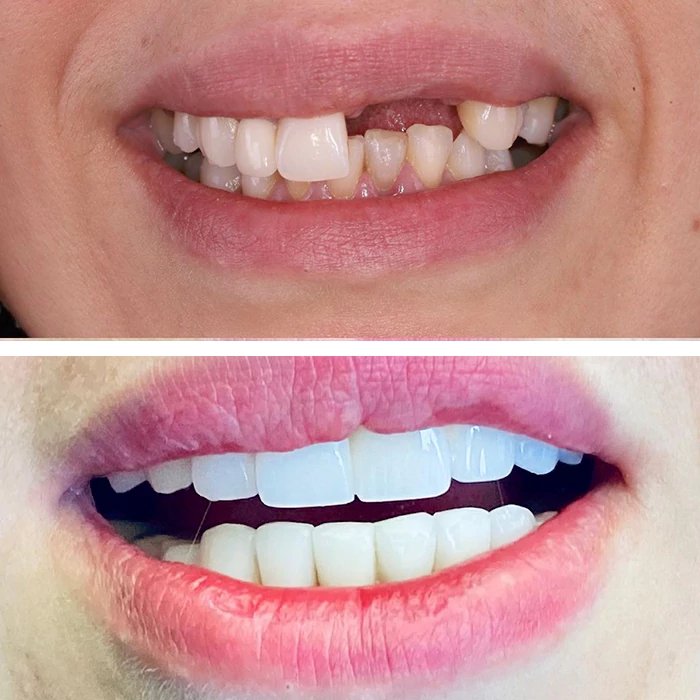

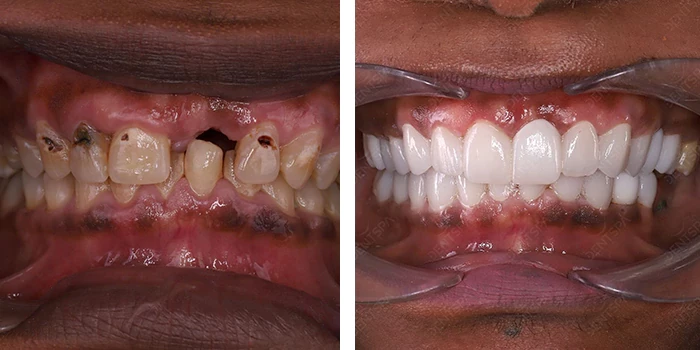


Dental veneers are thin tooth-colored shells made from porcelain, ceramic, or composite materials, attached to the outer side of the teeth to enhance their appearance and improve the smile. Depending on the type and your dental care, veneers can last from 7 to 15 years with the porcelain type having the most durability. While a single veneer could be used to cover only one chipped or broken tooth, usually 4 to 8 veneers, mainly over the top teeth, are used for a complete smile makeover to bring perfect asymmetry and harmony.
B & A photos





Dental bonding is a dental procedure in which a broken, chipped, or cracked tooth is repaired by applying a composite resin material to the tooth and hardening it with a special light to improve its appearance or function. Dental bonding can improve a tooth's shape, color, and size. However, compared to porcelain veneers, dental bonding requires less enamel removal which makes the procedure completely reversible. You may need touch-ups every 3 to 10 years.
B & A photos





A dental filling is a restorative procedure in which part of a tooth that has been decayed (dental cavity) is removed and the created hole is filled with special materials such as a mixture of metal or fine glass and plastic particles. It can also be used to repair a damaged or worn tooth. Generally, metal fillings are more durable, lasting about 15 years while tooth-colored (composite) fillings may need to be replaced a bit sooner (10 to 12 years).
B & A photos

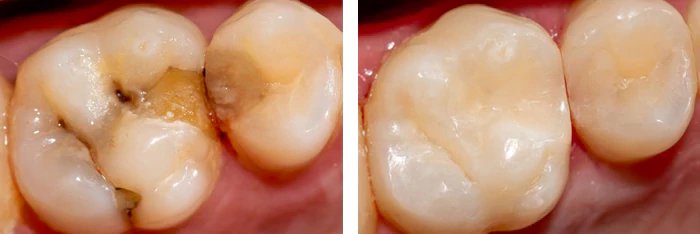
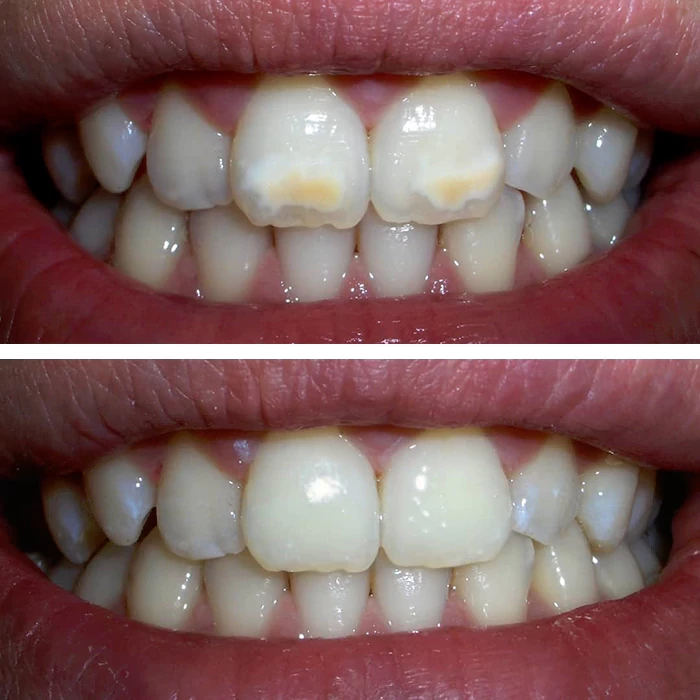


Scaling and root planing is a deep cleaning procedure in which dental plaque and calculus (tartar) is removed from the teeth above and below the gumline, used to fight gum disease, promote oral health, and improve the appearance of the teeth. While scaling and root planning are recommended to everyone, they become particularly critical for people with receding gums or gum disease to prevent its aggravation. Depending on the patient’s condition, a dentist may recommend scaling and root planning twice a year or more.

Teeth whitening is a cosmetic dental procedure involving the application of a whitening agent to the teeth to remove stains and discoloration. The most common in-office methods used to whiten the teeth include applying a high concentration of hydrogen peroxide gel or a combination of hydrogen peroxide and high-intensity light usually using a laser device. The procedure aims to break down stains and lighten the color of the teeth, resulting in a brighter and more radiant smile.
B & A photos





Dentures
Dentures are removable appliances that are designed to replace missing teeth to restore their function and appearance. Partial dentures are used when one or more natural teeth have remained. Complete dentures, replacing a full set of teeth, are either immediate (pre-made and ready to be used after removing the teeth) or conventional (made and placed after gums have been healed, about 8 to 12 weeks following the tooth removal). Immediate dentures should be considered as a temporary solution before the conventional ones can be used. Since they may not properly fit as the gums and bones shrink during the healing process.

A Gum tissue graft is a gum treatment performed to treat receding gum (gingival recession), in which healthy gum tissue is taken from the roof of the mouth or nearby healthy gum and attached to the affected area where teeth roots are exposed. Gum grafting reduces the risk of gum disease, tooth decay, sensitivity, and bone loss resulting from receding gums and also enhances your smile appearance. Gum grafts will remain for a lifetime with good care.

A gum lift is a procedure that lifts up and contours the gum line to treat a gummy smile or excessive gingival display caused by excessive growth of gums over the teeth that result in round or square teeth. The procedure includes reducing the gum tissue and reshaping the remaining part to create a shorter gumline that properly frames your teeth. You may experience mild discomfort and swelling for a few days after the procedure but your gums heal in a week. The effects of gum contouring are permanent since the removed tissue will not grow back.

Jaw surgery is a procedure to fix a range of jaw irregularities. It can be done to correct facial imbalances (e.g. protruding or receding chin), malocclusion (e.g. overbite and crossbite), etc. Jaw surgery is a good solution to those jaw issues which can’t be corrected through orthodontics alone and could be accompanied by braces to fix such irregularities. It is best to undergo jaw surgery after the growth is complete.
B & A photos
